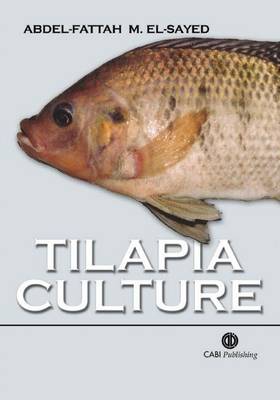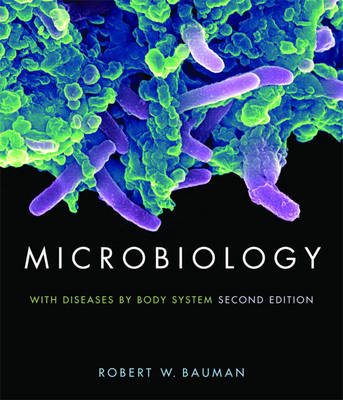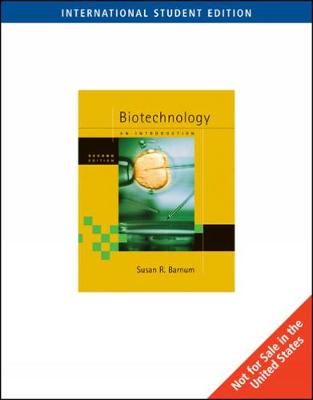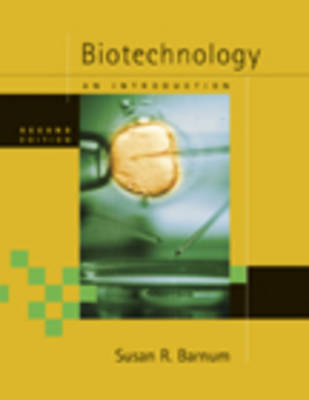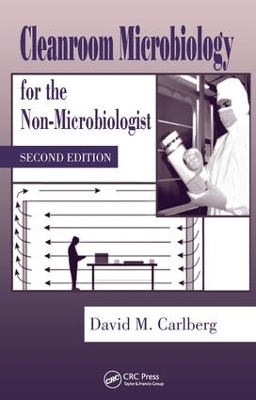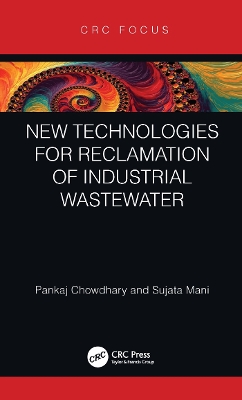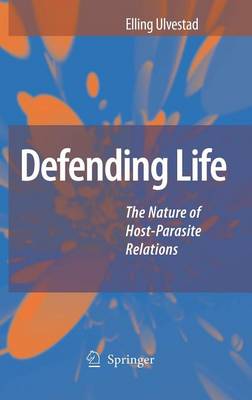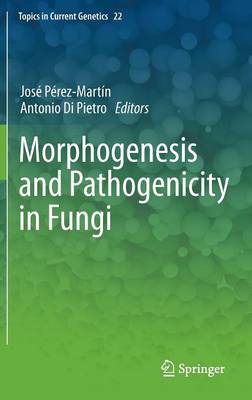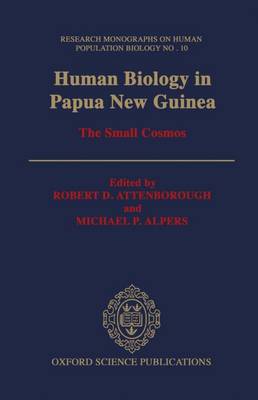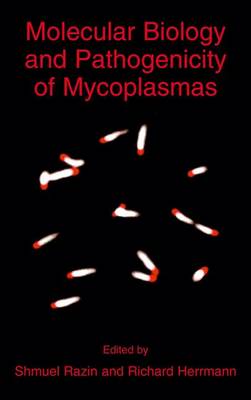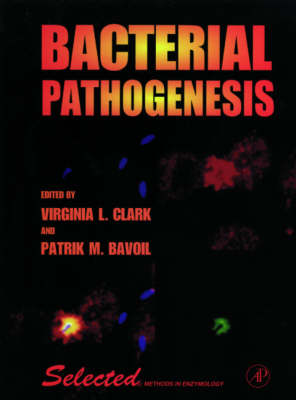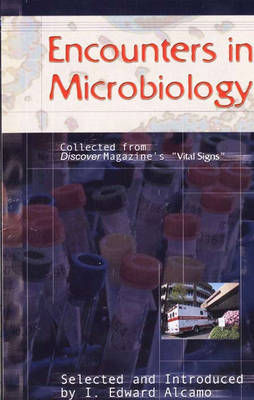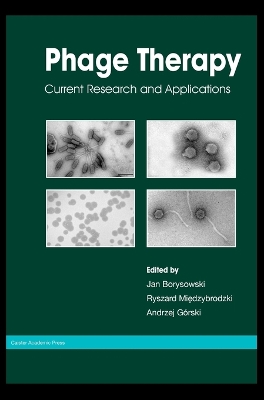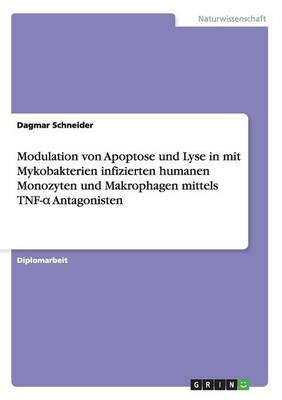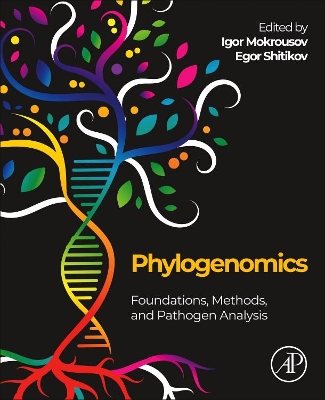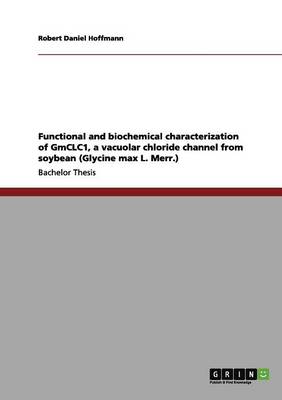Tilapia Culture, Second Edition, covers the vital issues of farmed tilapia in the world, including their biology, environmental requirements, semi-intensive culture, intensive culture systems, nutrition and feeding, reproduction, seed production and larval rearing, stress and disease, harvesting, economics, trade, marketing, the role of tilapia culture in rural development and poverty eradication, and technological innovations in, and the environmental impacts of, tilapia culture. In addition, t...
Microbiology with Diseases by Body System with The Microbiology Place Website
by Robert W. Ph.D. Bauman
Designed for pre-nursing and allied health students (and also mixed-majors courses), Microbiology with Diseases by Body System, Second Edition retains the hallmark art program and clear writing style that have made Robert Bauman's book a success. Filled with intriguing content based on cutting-edge research that engages students, the Second Edition features increased clinical coverage as well as a strong focus on the beneficial effects of microbes. Media Manager 2.1 provides instructors with the...
Biotechnology instructors require currency, sound pedagogy and a brief objective introduction to a broad range of topics and technologies. Students need an accessible and clear presentation along with hot topics and real-world examples. Susan Barnum meets all these requirements and needs in this second edition of her enormously popular text, BIOTECHNOLOGY: AN INTRODUCTION, Second Edition. Barnum offers a broad view of biotechnology, integrating historical and modern topics. She then describes t...
Written for a college-level course, this text introduces the field of biotechnology with broad brushstrokes. Among the major topics addressed by Barnum (Miami U.) are the principles of recombinant DNA technology and immunology. The chapters are organized according to subfields, with material coverin
Written for the professional who has an immediate need for the information but has little or no training in the subject, Cleanroom Microbiology for the Non-Microbiologist, Second Edition introduces principles of microbiology. It explains the consequences of microbiological contamination, what contamination is all about, how microorganisms grow, and how they can be controlled. The author introduces the vocabulary of microbiology and the types, sources, control, and elimination of organisms encoun...
New Technologies for Reclamation of Industrial Wastewater
by Pankaj Chowdhary and Sujata Mani
New Technologies for Reclamation of Industrial Wastewater provides information on several types of industrial wastewaters containing a variety of toxic and recalcitrant compounds. It also focuses on the ecotoxicological and health hazards posed by the chemicals released along with industrial effluents. It covers various conventional as well as modern wastewater-treatment technologies and their advantages and disadvantages. Features: Elucidates various types of industrial wastewaters generated...
Defending Life discusses the relationship between hosts and parasites. A major contention of the book is that the immune system depends ontologically on the ecosystem in which it is embedded; it would not have the features it has if it was not related in one way or other to parasitic agents and to the host’s own cells and tissues. To sustain the argument, life is investigated at all layers – from molecules up through cells, organisms and ecosystems. Together with the inverse course, which goes f...
Morphogenesis and Pathogenicity in Fungi (Topics in Current Genetics, #22)
Infectious fungal diseases continue to take their toll in terms of human suffering and enormous economic losses. Invasive infections by opportunistic fungal pathogens are a major cause of morbidity and mortality in immuno-compromised individuals. At the same time, plant pathogenic fungi have devastating effects on crop production and human health. New strategies for antifungal control are required to meet the challenges posed by these agents, and such approaches can only be developed through the...
Human Biology in Papua New Guinea (Research Monographs in Human Population Biology, #10)
Papua New Guinea shows great diversity in a small geographical area. More than a quarter of the world's languages are found there among less than four million people. It can thus be regarded as a `small cosmos' in which complex interrelationships can be studied within a connected whole. In this book, the human biology of Papua New Guinea is described and studies are presented of the geography, demography, social anthropology, linguistics, and human genetics of the country. These studies are...
Basic Cell Culture (A Practical Approach, #254)
This guide for the newcomer covers all areas which are basic to the performance of animal, including human, cell culture. Experienced researchers should also find it useful as a source of reference when entering a new field, or when setting up a new laboratory.
Molecular Biology and Pathogenicity of Mycoplasmas
was the result of the efforts of Robert Cleverdon. The rapidly developing discipline of molecular biology and the rapidly expanding knowledge of the PPLO were brought together at this meeting. In addition to the PPLO specialists, the conference invited Julius Marmur to compare PPLO DNA to DNA of other organisms; David Garfinkel, who was one of the first to develop computer models of metabolism; Cyrus Levinthal to talk about coding; and Henry Quastler to discuss information theory constraints on...
Alcamo's Laboratory Fundamentals Of Microbiology
by Jeffrey C. Pommerville
This popular lab manual offers thirty-four multi-part lab exercises designed to provide students with basic training in the handling of microorganisms, while exploring microbial properties and uses. This lab manual can also be used independently of the main text. An instructor’s manual, downloadable from the Web, accompanies the lab manual and provides principles of lab safety; research topic ideas, information on customizing laboratory programs with the manual; helpful suggestions for setting...
Bacterial Pathogenesis (Selected Methods in Enzymology)
Bacterial Pathogenesis contains a selection of key articles from Volumes 235 and 236 of Methods in Enzymology. It presents in benchtop format assays and methods used to identify and characterize determinants of bacterial virulence.
Phage Therapy: Current Research and Applications
Phylogenomics
Phylogenomics: Foundations, Methods, and Pathogen Analysis offers a deep overview of phylogenomics as a field, compelling recent developments, and detailed methods and approaches for conducting new research. Early chapters introduce phylogenomic taxonomies of organisms and pathogens, phylogenomic networks, phylogenomics of virus virulence, and ancient DNA analysis, with a second section offering methods, detailed descriptions and step-by-step instruction in genome assembly and annotation, horizo...
This volume covers practical important topics in the analysis of protein sequences and structures. It includes comparing amino acid sequences to structures comparing structures to each other, searching information on entire protein families as well as searching with single sequences, how to use the Internet and how to set up and use the SRS molecular biology database management system. Finally, there are chapters on multiple sequence alignment and protein secondary structure prediction. This boo...
Functional and biochemical characterization of GmCLC1, a vacuolar chloride channel from soybean (Glycine max L. Merr.)
by Robert Daniel Hoffmann
